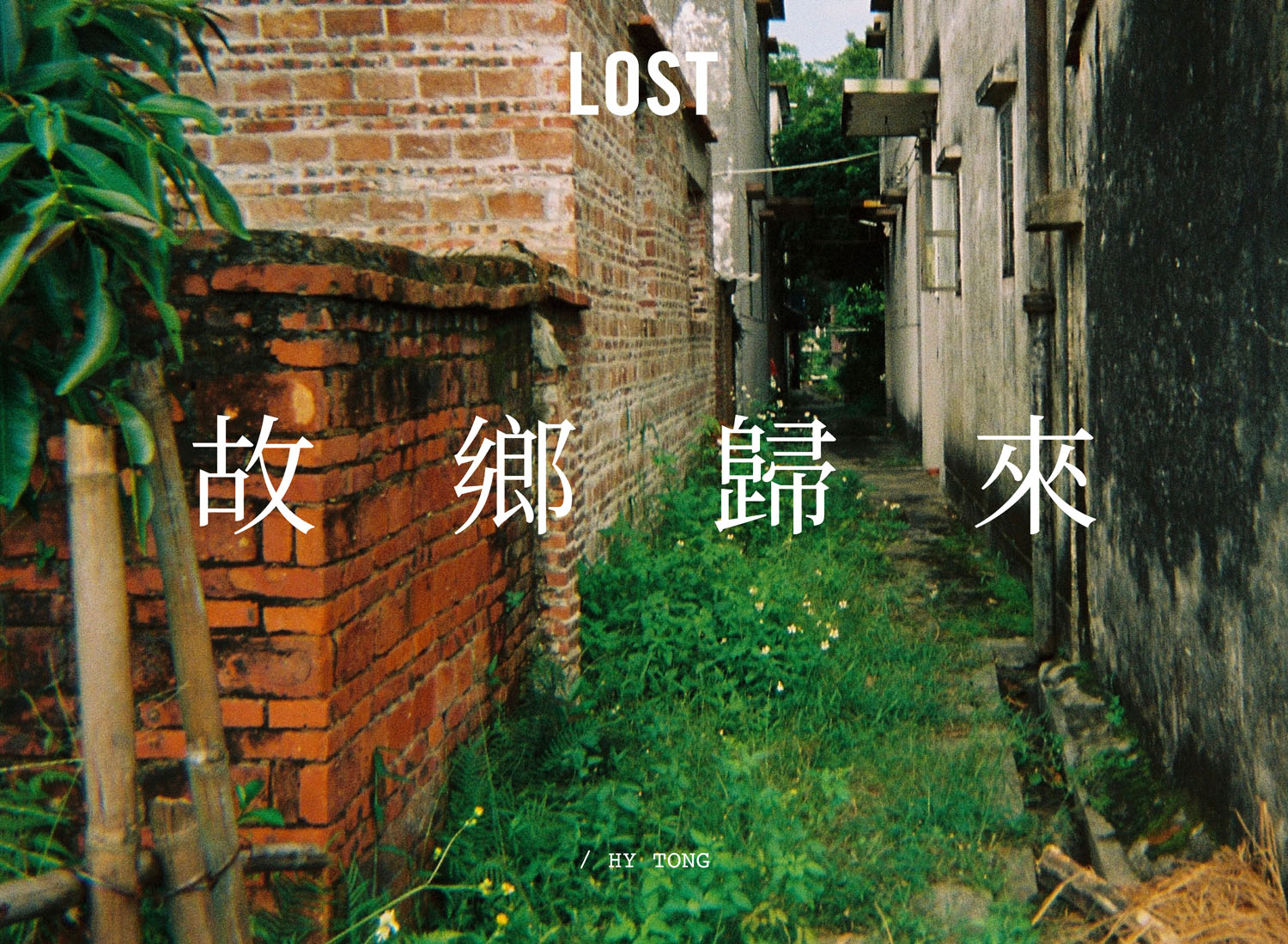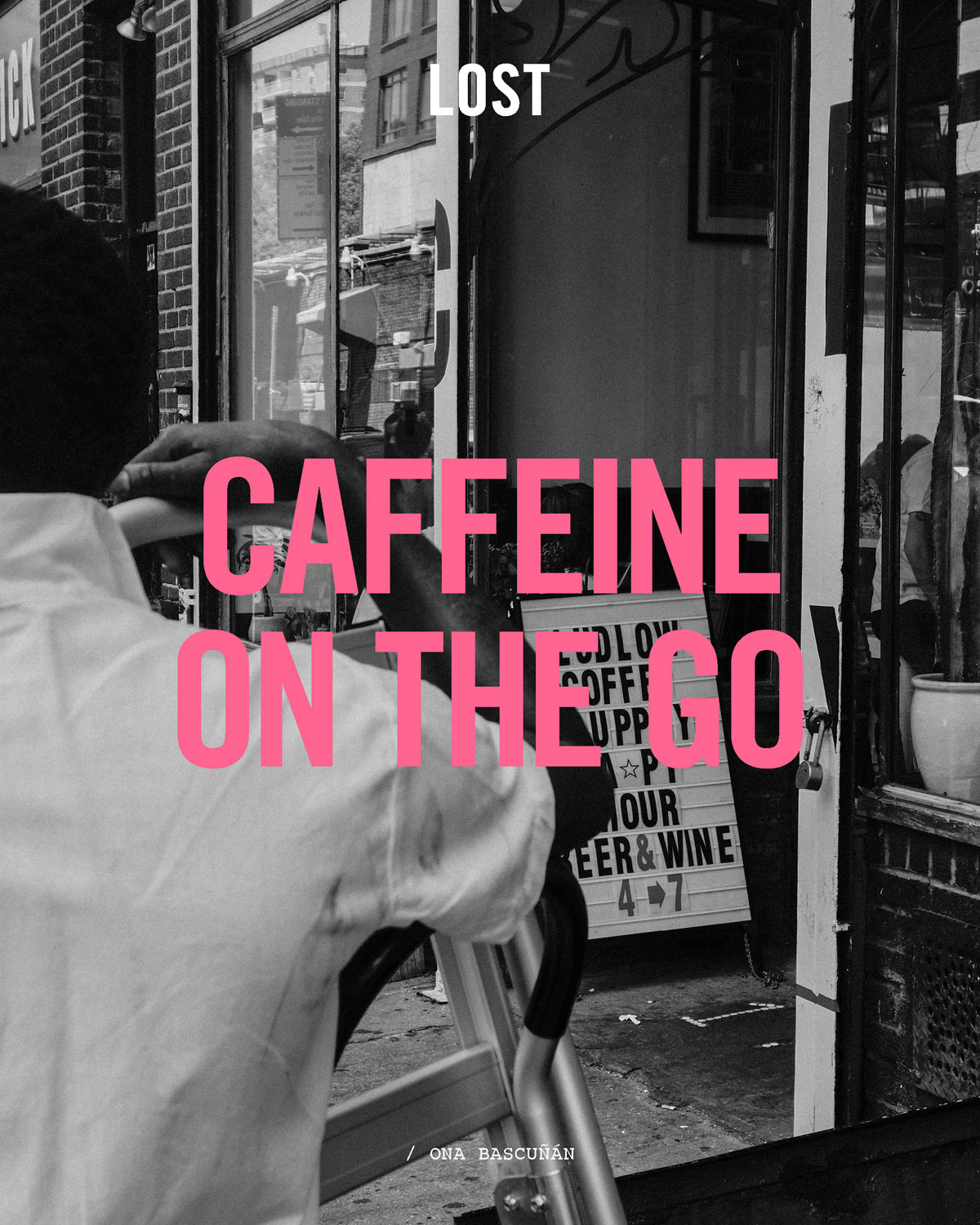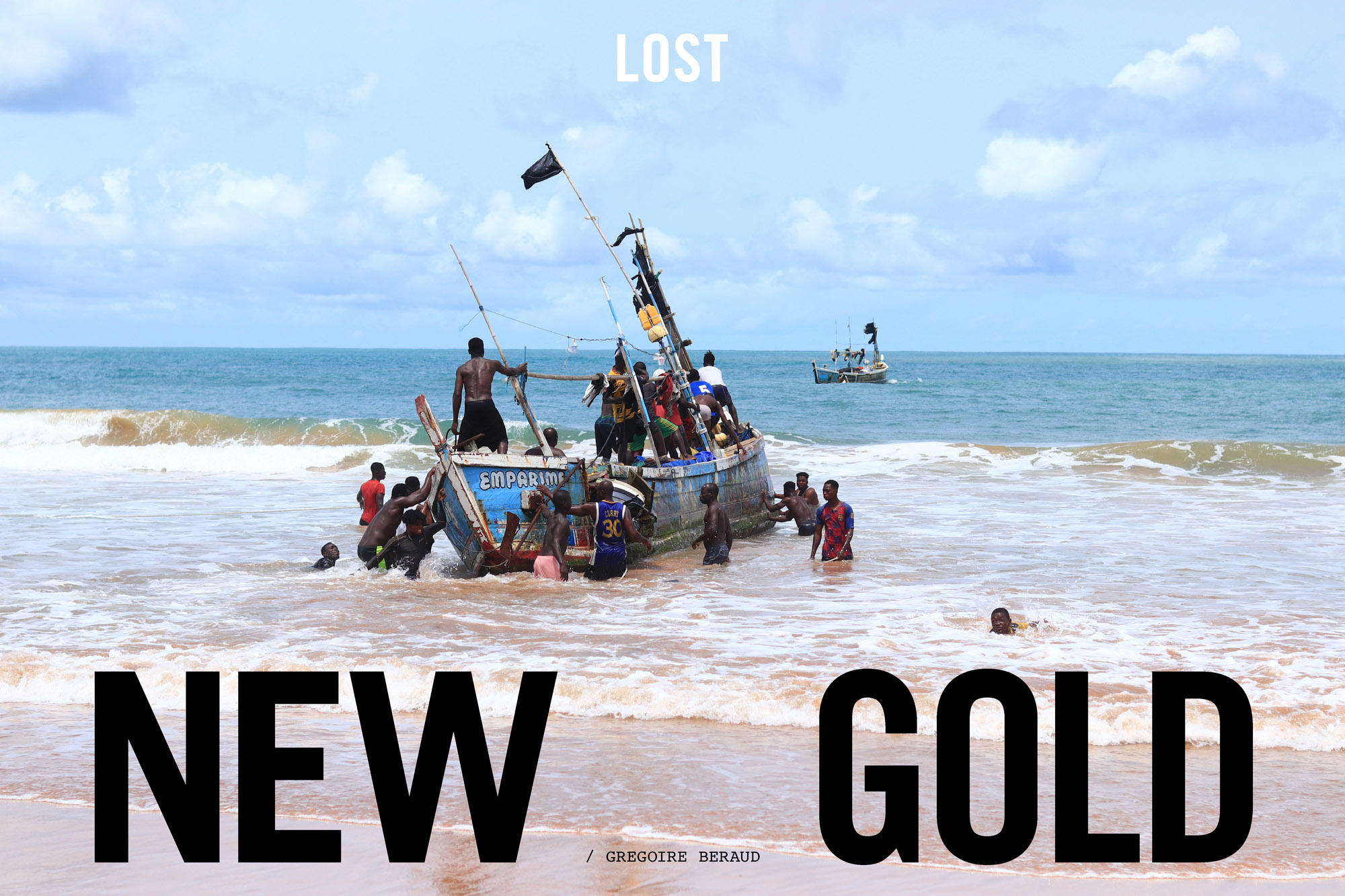BY MIAO WANG
3 years ago, I took a 36 hour boat ride off of the coast of Costa Rica, bound for the dive trip of my life. It was the legendary Cocos Island, a lone prehistoric island in the middle of the Pacific. Similarly reputed as the Galapagos Islands of Ecuador, it’s home to the world’s largest schools of hammerheads, Galapagos sharks, tigers, blacktips and reef sharks. (“Schools” in the context of marine science means numbers from the hundreds to tens of thousands.)
By day 5, I could count the sharks we saw with two hands. No one made a word of complaint, our tacit attempt to defend our dream liveaboard with the benefit of doubt. At dinner Randy decided to break the ice. He said that when he visited Cocos back in 2012, EVERY dive was out of this world –– and it was the celestial marvels of this island that helped him find grace from years of depression after losing his home to Hurricane Katrina.
Marvels no longer.
None of us wanted to go to bed that night. We talked on and on and in the end, concluded that it was climate change –– the water was probably too warm for the sharks now. I went up to the top deck and finally let the tears out. For the first time in my life it struck me that the beauty of this planet has its burdens, and everything we do comes with consequences. It was our way of living and unsustainable growth that’s wiping out the last wonders of this world. Right here, in our faces. Later I also learned that Cocos was struggling for years with corruption and illegal shark fishing in the area, despite being a declared UNESCO site.
The next day was a full moon. We were about to end our morning dive. Inhale. Exhale. All there was to hear was my own heartbeat silenced by each breath. All there was to see was the divemaster 10 feet ahead of me. Then suddenly he started to ring his tank –– the universal dive language of hopeful encounters –– and based on how hectic and loud this sounded it must be something really good we were about to see. There and then, the picture Randy described last night and which I had dreamed of all of my life, started to emerge in the distance: It was 5 hammerheads, then it was 10, 20, 50 hammerheads! Before I could count, there were hundreds of them, cruising the blue infinity in utter grace and perfection, as my entire existence was shrinking smaller and smaller until becoming completely lost in the salty sea.
I continued in the direction of disbelief: such is the wonder of this Earth that completely encompasses and humbles our reality. That is our Mother Ocean that gave birth and provided us, the magical Cocos Island we travelled all this way to see and which existed after all. I cried like a newborn at the first taste of fresh air. Then I laughed then cried again. Then laughed again. I chased until I couldn’t. I had never felt so much joy.
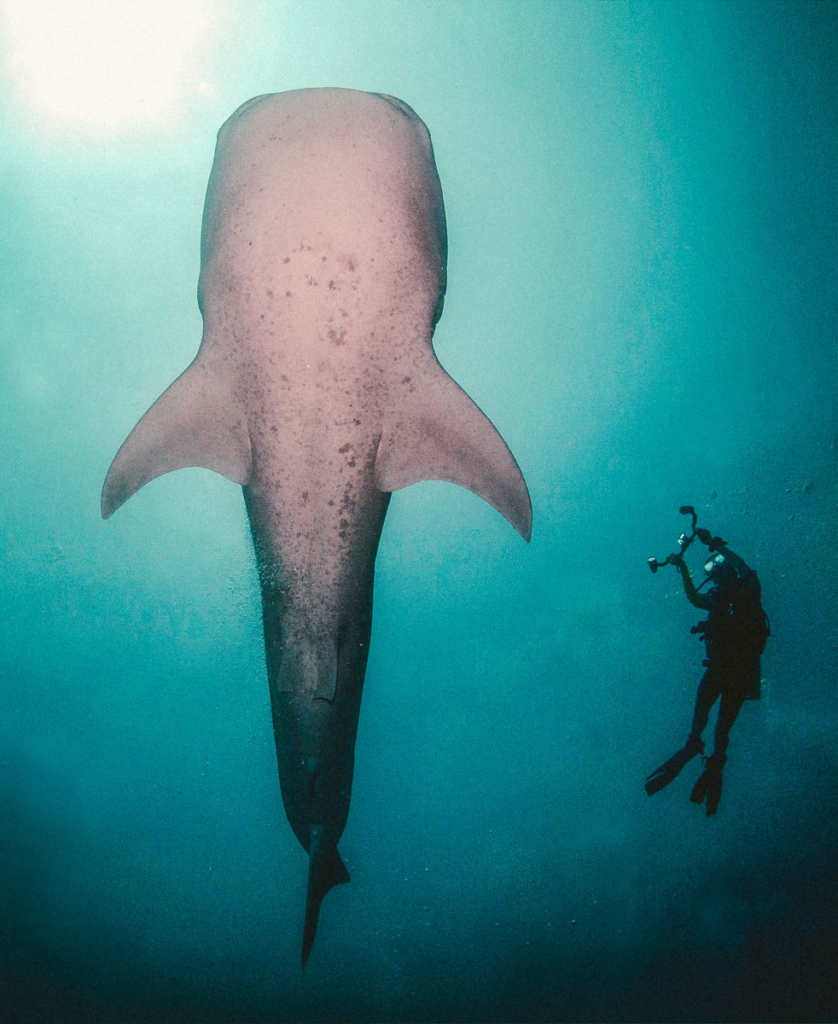
And that, was how I found my purpose—those 12 hours of staggering pain and bliss that moved me, torn me apart then made me whole, showed me what all was so important that I couldn’t bear not to do something about had I to lose it forever.
We all have taken a thousand pictures of the same clownfish or the same horizon line that connects humanity with what lies beneath, because everything the ocean has in store is so beautiful that it’s impossible to register that there will be more, more, more. In fact there might not be. Fast forward to today, Cocos led me to Palau, Fiji, Maldives, Australia, Philippines, Ecuador, Tanzania, Egypt, and my love for sharks has evolved from a passion to a mission: I want to see them, but more than that I want to make sure they’re there. Last year I founded In Sharks We Trust, a sustainable swimwear label dedicated to shark conservation. Each day since then took on a bit more weight and a bit more meaning, in defense of sharks, the only life I have got to live, and the only place we call home.
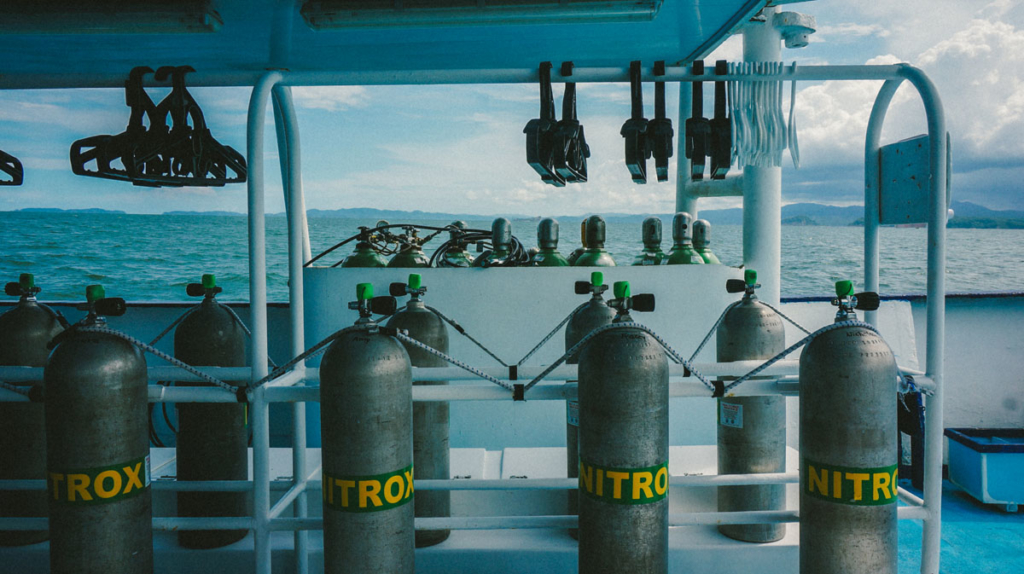
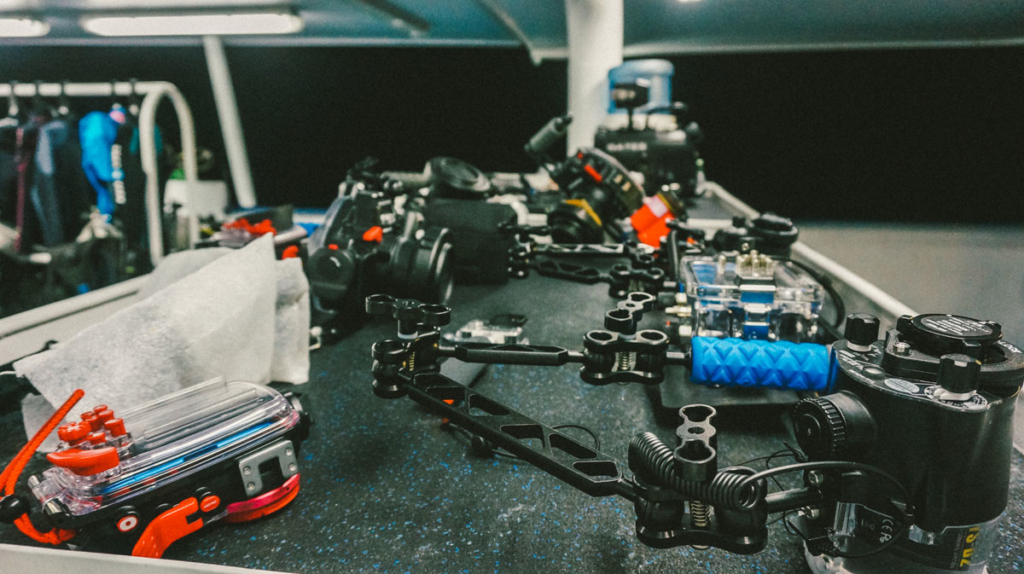
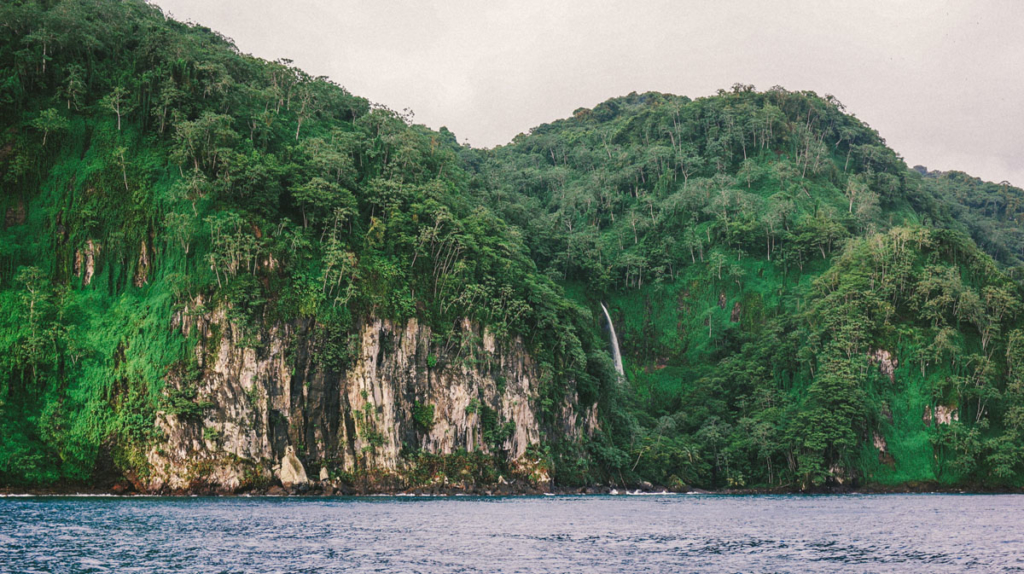
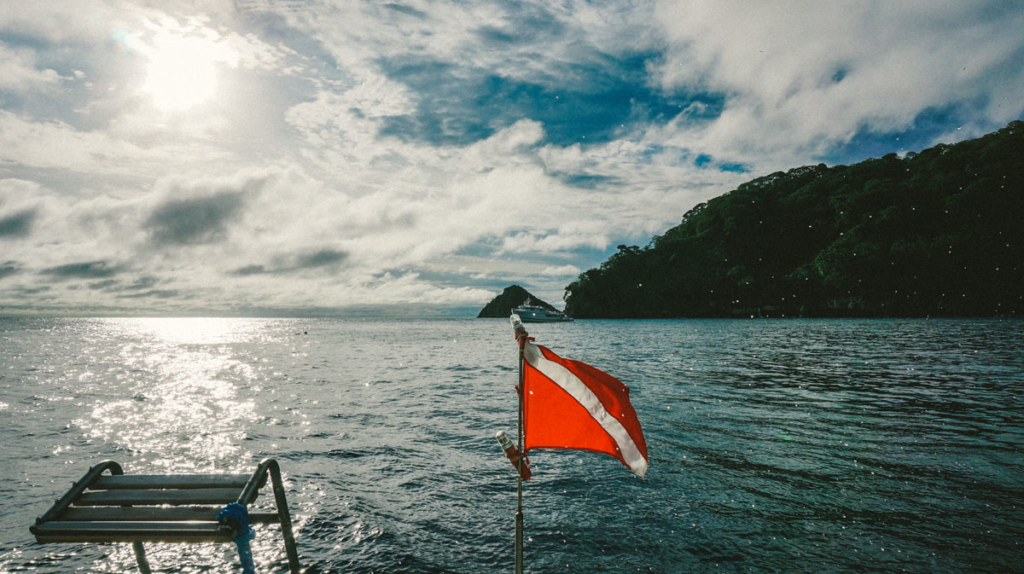
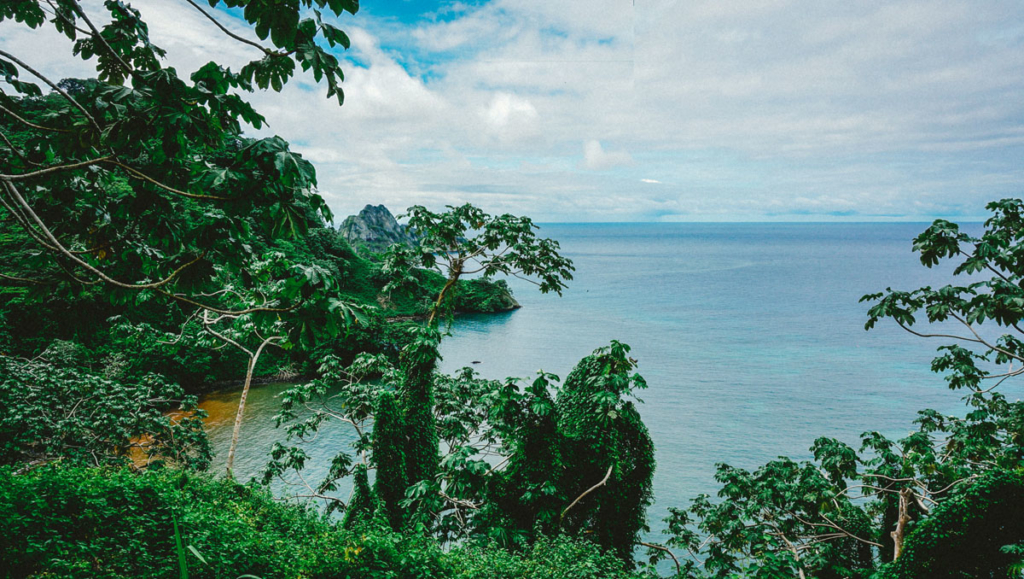
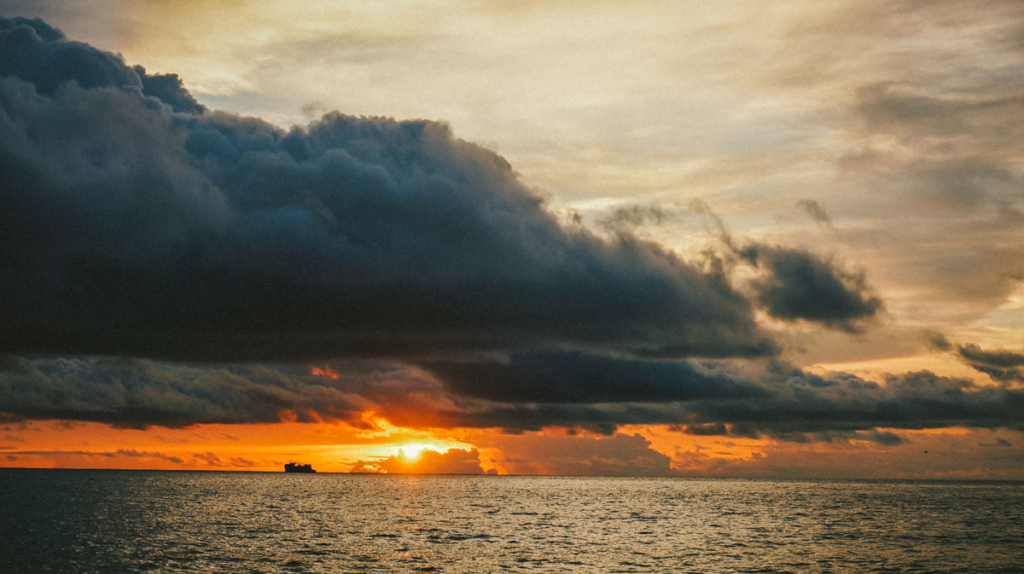
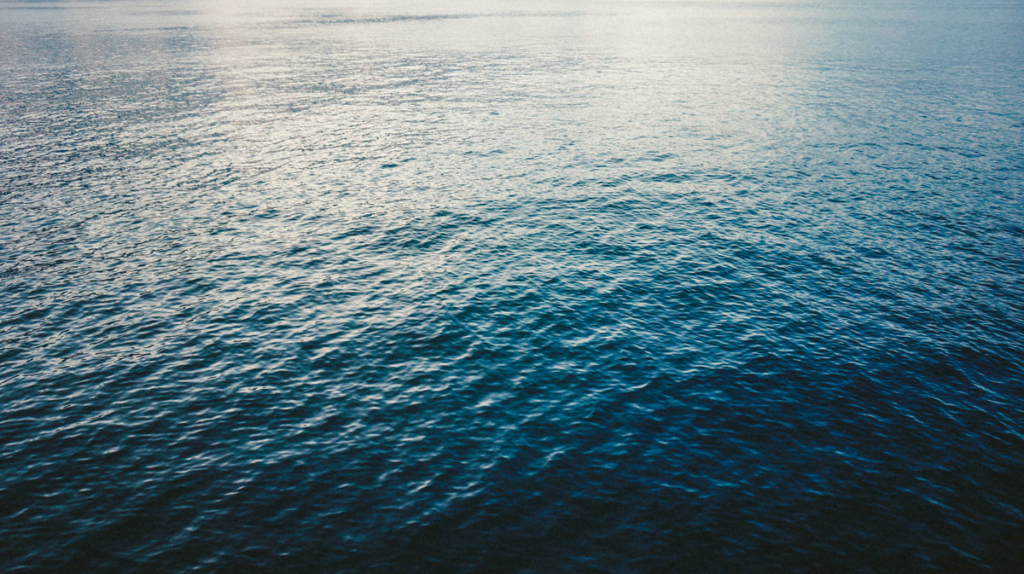
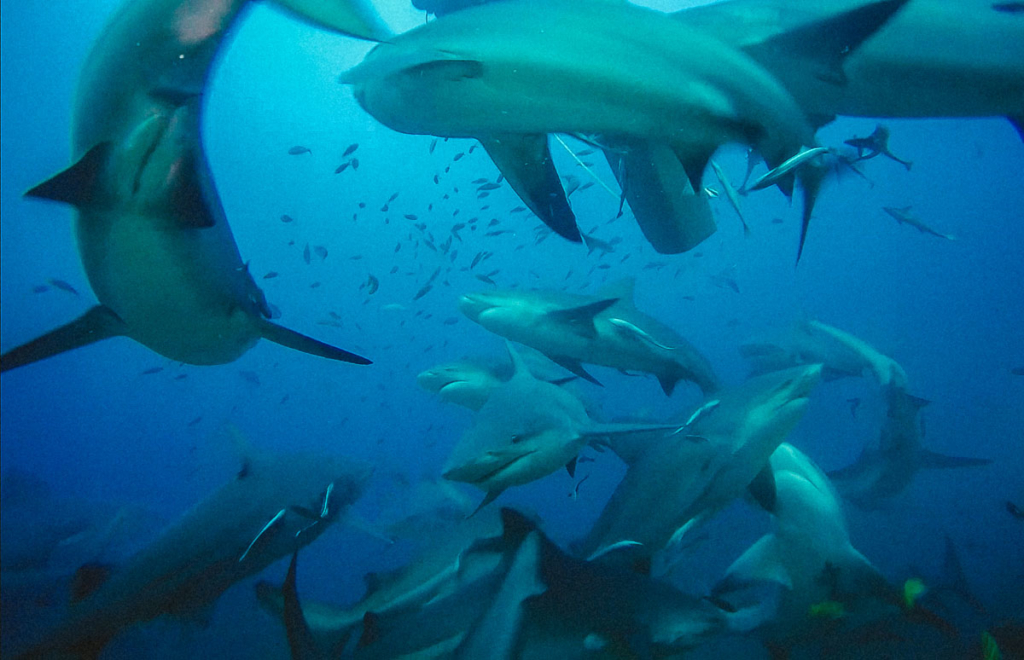
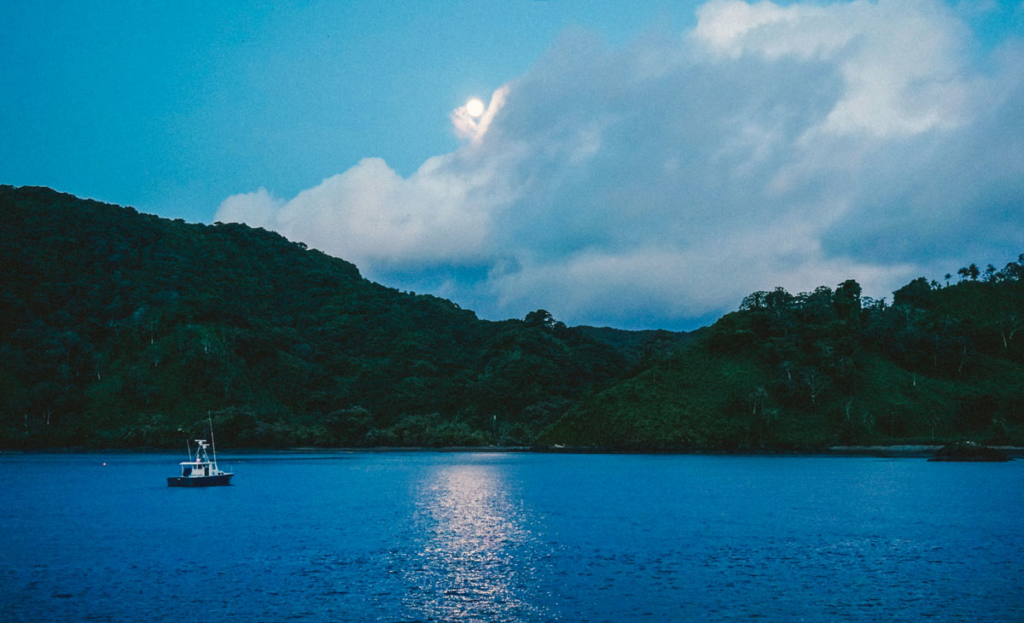
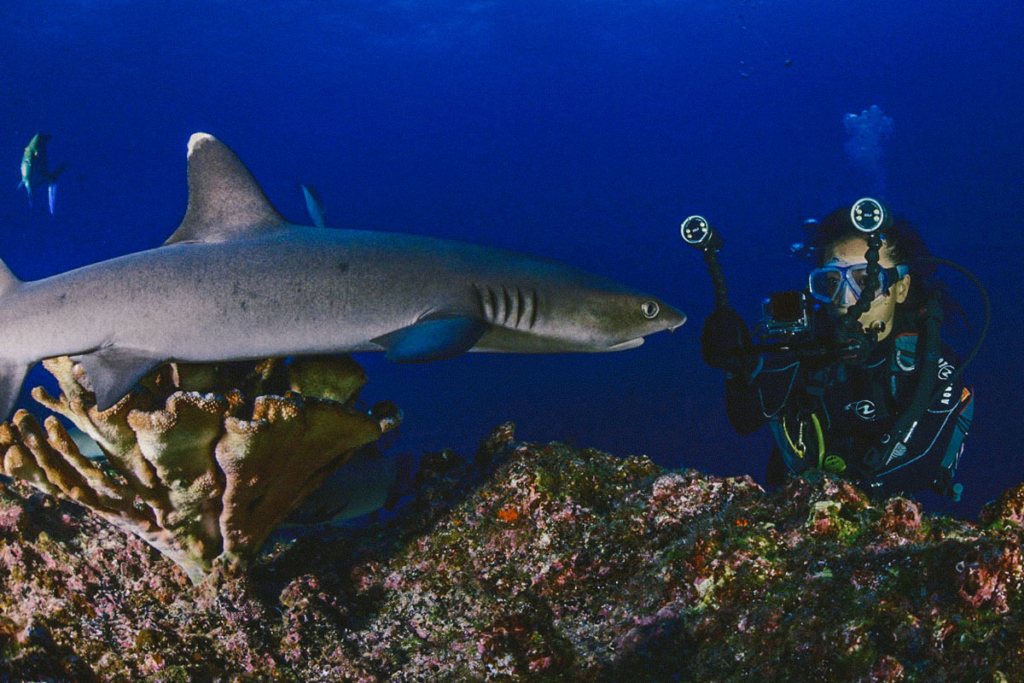
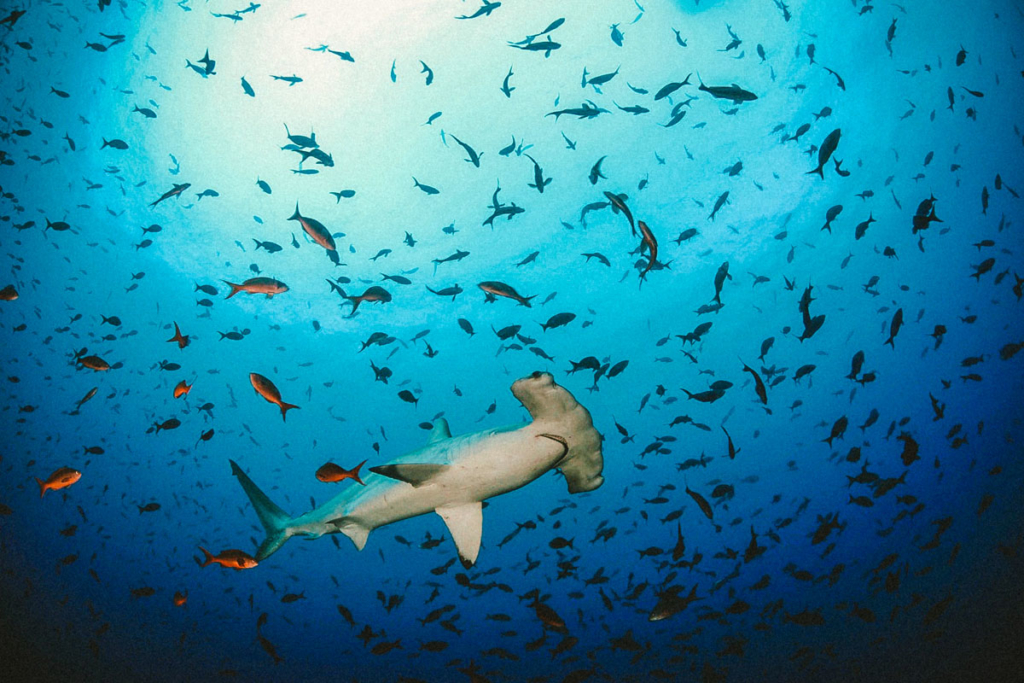
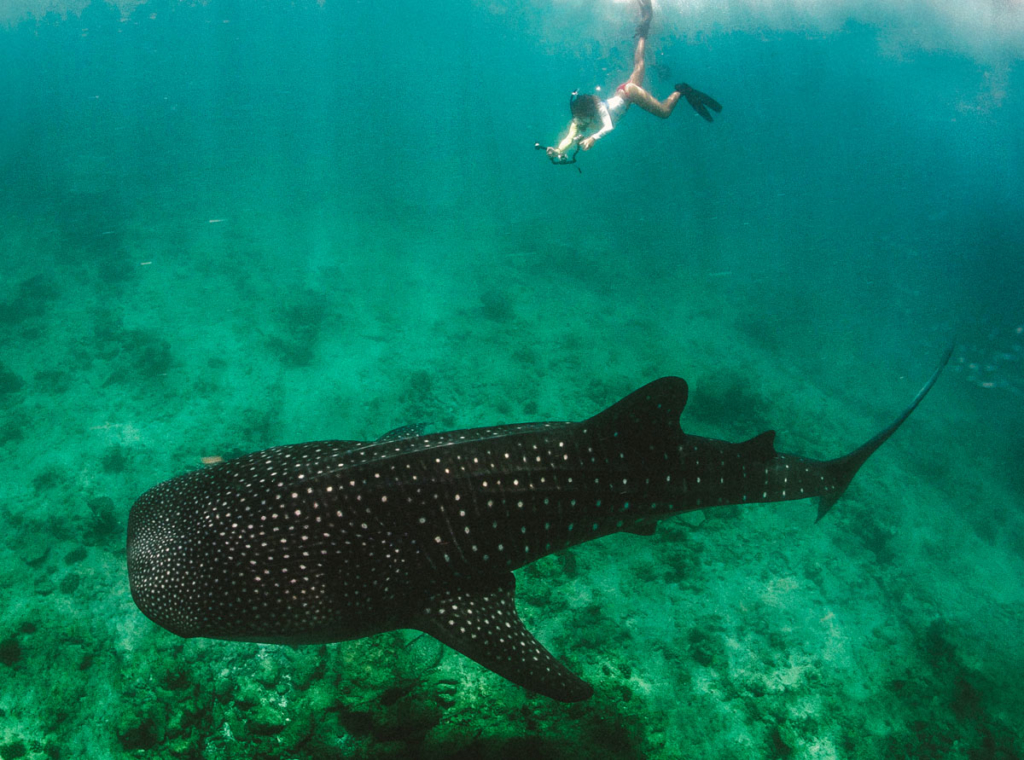
三年前,我從哥斯達黎加的海岸出發,乘船36小時,前往太平洋中的一座史前島嶼——傳奇的可可斯島(Cocos Island)——開始了影響我人生的潛水之旅。和厄瓜多爾的加拉帕戈斯群島類似,這裏生活著世界上最大的雙髻鯊群落——加拉帕戈斯鯊魚、虎鯊、黑鰭礁鯊和礁鯊。(在海洋科學裏,一個“群落”內的動物數量在數百至數萬之間。)
然而,直到第五天,我們也沒看到幾條鯊魚。沒有人抱怨,大家都默默地把事情往好處想,以此維護自己的船潛之夢。晚飯時,Randy 決意打破僵局。他說,當他2012年來可可斯島時,每一次潛水的體驗都非比尋常——在卡特裏娜颶風裏,他失去了自己的家園,是這裏的神跡幫他走出颶風後數年的抑郁,並重新感受到神的恩典。
這樣的神跡不再出現。
那一晚大家都沒有睡意。我們一直在討論原因,最後歸因於氣候的變化——現在這裏的水域可能對鯊魚來說太溫暖了。我走上甲板的最高一層,終於讓眼淚流出來。此生第一次,我發現這顆星球的美麗背後是有責任的,而我們的一舉一動都有後果。在這裏,人類的生活方式和不可持續的發展就在我們眼前消滅了這個世界最後的奇跡。之後我也了解到,可可斯島雖然是被認可的聯合國教科文組織基地,數年來卻一直在與腐敗和非法捕殺鬥爭。
次日是滿月。我們即將結束晨潛。吸氣。吐氣。耳邊僅有我的心跳聲,湮沒在呼吸的聲音裏。目之所及只有在我前方10英尺的潛導。突然,他開始敲自己的叮叮棒——在潛水語言裏這意味著前方有驚喜——而基於這聲音的急促和聲響,我們將要見到的場面一定很棒。就在那時,Randy 昨晚描述的畫面,我今生夢想見到的畫面,開始在遠處成形:先是5頭雙髻鯊,然後是10頭,20頭,50頭!我還沒來得及數清,就來了上百頭雙髻鯊,它們以完美而優雅的姿態在無限的藍色海洋裏巡遊,我的整個存在開始慢慢變小,直到完全消失在鹹鹹的海水中。
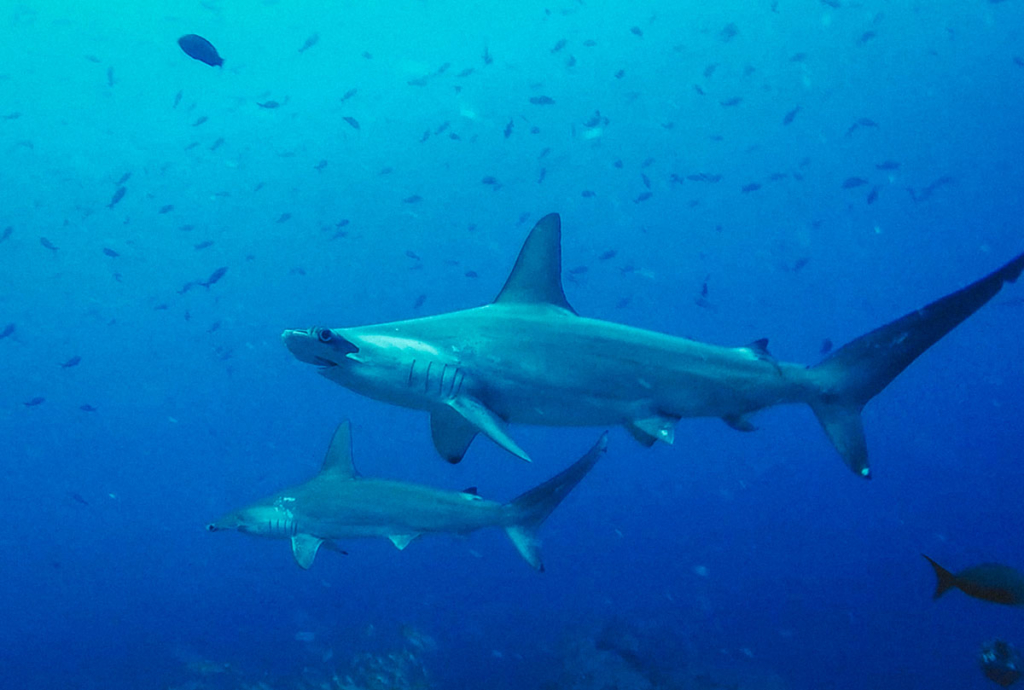
我仍然感到難以置信:地球的奇跡將我們完全包圍,使我們的存在變得渺小。這是我們的海洋母親,她孕育我們、供養我們,這是我們一路舟車勞頓來到的神奇的可可斯島,它是真實存在的。我如初生嬰兒初次呼吸般哭泣,大哭又大笑。我追逐著鯊魚群,直到再也追不上。我從未如此快樂。
就這樣,我找到了自己的目標——那12個小時的極致痛苦和快樂感動了我,將我撕碎又使我完整。它向我展示了這一切是多麽重要,我無法忍受無所作為而永遠失去它。
我們所有人都曾給小醜魚或是地平線拍過上千張相似的照片,地平線將深藏其下的東西與人性相連;因為海洋擁有的一切太過美麗,我們無法將之全部記錄,而未來會有更多,更多,更多。但事實上,可能不會有。快進到今天,可可斯島將我帶到帕勞、斐濟、馬爾代夫、澳大利亞、菲律賓、厄瓜多爾、坦桑尼亞、埃及,而我對鯊魚的愛已然從激情上升到使命:我想要見到它們,但更重要的是,我想要確保它們能存活。去年我成立了 In Sharks We Trust,一個致力於保護鯊魚的可持續泳裝品牌。此後的每一天,我都為了保護鯊魚,保護我唯一的生命,保護我們僅有的家園而承受更多的重擔和更多的意義。
Miao Wang was born in Beijing and grew up between NYC and LA, with a Bachelors in Design from Yale, Masters in Business from UCLA Anderson, PhD in Life from Diving. She’s currently based in Shanghai as the creative strategist for Nike and founder of sustainable swimwear brand In Sharks We Trust, championing shark and ocean conservation in China.
Miao Wang 出生于北京,在纽约和洛杉矶长大,拥有耶鲁大学的设计学士学位和 UCLA 安德森管理学院的商科硕士学位,并且通过潜水获得了关于生命的”博士学位”。Miao Wang 目前居住在上海,是NIKE的创意策略师,同时也是可持续泳装品牌 In Sharks We Trust 的创始人,她在中国倡导鲨鱼与海洋保护事业。

